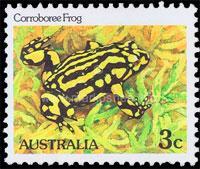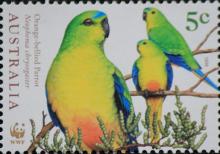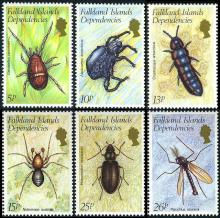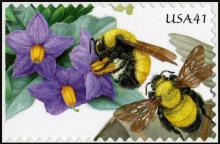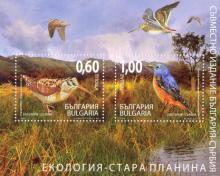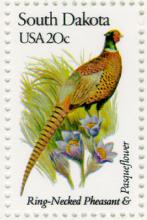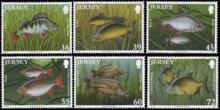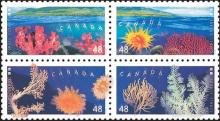Australia is home to some unique critters, but it also has one of the highest extinction rates in the world
Built on a fragile balance of predators and prey, Australia's various ecosystems are highly susceptible to change. When human intervention consistently alters an ecosystem, this balance can be upset, seriously threatening the biodiversity. While all species are important to an ecosystem, 'keystone' species are particularly vital. These are often top predators such as crocodiles, because of the role they play in controlling prey. The southern cassowary, however, is also a keystone species as it spreads the seeds of as many as 238 species of plants in northern Queensland. "Importantly, research clearly shows that biodiversity contributes significantly to our survival, well-being and enjoyment of life, so when we lose species at the rates that we're currently witnessing, we should be gravely concerned," says Dr Euan Ritchie an ecologist at Deakin University in Melbourne. "Losing any one species is a tragedy, but what is even more concerning is the loss of a species' ecological role following its extinction," says Euan. "If we were to lose dingoes, as an example, we also lose their ability to control pest species such as foxes and cats, and overabundant herbivores, [like] pigs, goats and kangaroos, which has widespread and often negative impacts across the whole system."

